I have a pickle file that when loaded returns a trained RandomForest classifier. I want to plot the ROC curve for the classes, but from what I read online, the classifier must be wrapped in scikit learn's OneVsRestClassifier. The problem is that since I already have the trained model I cannot wrap it in it to fit the model again.
So I would like to know if there is some workaround to plot the ROC curve. From my trained model I have y_test, y_proba. I also have x_test values.
- The shape of my y_proba examples is: (6715, 5)
- The shape of y_test is (6715, 5)
This is the output of the code @dx2-66 suggested:



